The first time I accused someone of being a hybrid in Unfathomable, I was spectacularly wrong. Not just slightly mistaken—I was so confidently incorrect that I convinced half the table to distrust one of the most loyal humans we had. By the time we realized my error, the actual traitor had sabotaged three critical tests, and our ship was being dragged inexorably toward the depths. Jeff still brings this up whenever we play hidden traitor games: “Remember when David was so sure I was the hybrid that he got me locked in the brig? Good times.”
After 37 games of Unfathomable (yes, I track my plays—Linda rolls her eyes every time I update my spreadsheet), I’ve developed a systematic approach to traitor detection that has dramatically improved our human win rate. It’s not foolproof—nothing in a well-designed hidden traitor game ever is—but these techniques have transformed our success rate from about 30% to closer to 70%.
The key insight that changed everything was recognizing that effective traitor detection isn’t about finding a smoking gun—it’s about identifying patterns of behavior that gradually reveal someone’s true loyalties. Unfathomable is a game of subtle tells and accumulated evidence, not dramatic revelations.
Let me walk you through the techniques that have proven most reliable:
First principle: Track resource commitment patterns, not just individual actions. New players often fixate on whether someone contributed to a specific crisis. This narrow focus is easy for traitors to manipulate. Instead, observe patterns across multiple crises—specifically, when and how players commit their limited resources.
I maintain a mental log of each player’s resource contributions across crises. The pattern that often emerges with traitors isn’t that they never help—it’s that they help just enough to maintain plausible loyalty while preserving resources for moments of maximum impact. A player who contributes precisely one card to every crisis, regardless of importance, is displaying a classic traitor pattern.
My friend Tony demonstrated this perfectly in our last game. He contributed exactly one card to six consecutive crises—sometimes a high value when the crisis seemed likely to fail anyway, sometimes a low value when success seemed assured. This consistent pattern preserved his hand while appearing to help. By the time I pointed out this pattern to the table, he had accumulated enough cards to singlehandedly tank a critical late-game crisis.
Second principle: Pay attention to timing and positioning, not just outcomes. Traitors often manipulate not whether a crisis fails, but when and how it fails. A crisis that fails by exactly one point after everyone has committed is far more suspicious than one that fails by a large margin.
In a recent game, we faced a crisis requiring 12 points to succeed. Five players had committed cards face-down. The total revealed was 11—one short of success. This precision failure immediately raised red flags. When this pattern repeated on the next crisis—failing by exactly one point—we knew someone was carefully calculating their sabotage. After cross-referencing who had committed to both crises, we correctly identified my son Alex as the traitor. He later admitted he’d been meticulously tracking our potential contributions to ensure the failures looked like bad luck rather than sabotage.
Third principle: Watch movement patterns and position exploitation. Hybrid traitors need to be in specific locations to maximize their sabotage potential. Their movement often betrays their intentions several turns before they actually sabotage.
I’ve found it helpful to mentally classify ship locations into “high-value target” and “low-value target” areas. High-value targets include the Engine Room during engine track crises or the Captain’s Cabin during a mutiny attempt. A player consistently positioning themselves near high-value targets—especially when there are more pressing threats elsewhere—often reveals traitor tendencies.
In one memorable game, Kevin kept navigating to the Lounge whenever he wasn’t directly needed elsewhere. This seemed innocent until we realized the Lounge gave him perfect positioning to reach either the Engine Room or the Captain’s Cabin at a moment’s notice. This flexible positioning allowed him to respond to whichever crisis would be most devastating to sabotage. Once I pointed out this pattern, the table became suspicious, and Kevin’s effectiveness as a traitor diminished significantly.
Fourth principle: Analyze information management behaviors. Loyal humans benefit from information sharing, while traitors benefit from information hoarding or manipulation. Watch how players handle their knowledge of the deck compositions, other players’ cards, and upcoming threats.
In Unfathomable, a player who consistently chooses not to use abilities that would reveal information about upcoming threats or other players’ hands is often hiding something. Similarly, a player who seems unusually interested in what cards others are holding may be identifying the perfect moment for sabotage.
Linda (my wife, who’s terrifyingly good at hidden traitor games) once gave herself away through information management. She was playing Captain Hector Standish, whose ability allows peeking at another player’s loyalty. She claimed to check two players and confirm they were human, but never initiated discussions about checking others. This reluctance to gather critical information—information that would only harm a traitor—eventually exposed her hybrid nature.
Fifth principle: Note reaction inconsistencies, not just game actions. How a player responds to setbacks, accusations, or successes often reveals more than their actual plays. Traitors frequently display subtle inconsistencies in their emotional responses that loyal players don’t.
I once noticed that my friend Jake showed visible relief when a crisis he hadn’t contributed to succeeded. This seemed odd—why would a loyal human be relieved rather than concerned about a crisis they hadn’t helped with? The answer became clear two turns later when he sabotaged a much more critical crisis. His relief had been because the earlier success maintained his cover while preserving his sabotage cards for maximum impact.
These reaction tells are subtle—a momentary expression, a slight change in engagement, an unusual comment. They’re easy to miss in the moment but powerful when tracked across an entire game. I’ve started paying as much attention to how people respond to outcomes as to the outcomes themselves.
Let’s shift to some practical applications of these principles. How do you implement this kind of behavioral analysis without creating a paranoid atmosphere that undermines the humans’ need for cooperation?
The approach I’ve found most effective is what I call “progressive trust building.” Rather than starting from universal suspicion, assume loyalty but verify through consistent behavior. Each player begins with a mental “trust score” that adjusts based on their observable patterns. This approach prevents the destructive spiral of early, unfounded accusations while maintaining vigilance.
In practice, this means I rarely make accusations before the halfway point of the game. Instead, I focus on gathering evidence and observing patterns. By mid-game, these patterns usually highlight 1-2 players with significantly more suspicious behaviors than others. Only then do I bring my concerns to the table, backed by specific observed patterns rather than gut feelings.
This measured approach prevents traitors from exploiting the humans’ tendency toward infighting. In one particularly successful game, I noticed suspicious patterns from Tony but deliberately held my accusations until I had documented three specific behavioral inconsistencies. When I finally presented my case, it was compelling enough that even Tony’s closest ally at the table became convinced. Had I accused earlier with less evidence, I might have simply created division among the humans.
The flip side of traitor detection is traitor misdirection—techniques that loyal humans can use to identify each other and build trust without revealing that information to traitors. The most effective technique I’ve found is what I call “trust triangulation.”
This involves creating situations where only loyal humans would make certain choices, then observing who makes them. For example, a loyal human might deliberately take a suboptimal action that only benefits the humans if certain hidden information is true. Players who recognize and support this strategy reveal themselves as likely humans.
In our most recent game, I was playing Father Grimoire and had information about an upcoming crisis that would be devastating if failed. Rather than announcing this directly (which would alert any traitor), I made an apparently irrational movement to the Engine Room and committed significant resources there. Only a loyal human who trusted my judgment would follow this move without explanation. Two players did exactly that, creating our core “trust triangle” of confirmed humans. This approach identified allies without tipping off the traitor.
The social dynamics of traitor detection require careful handling. Aggressive accusers often find themselves isolated, even when correct, because the social cost of their approach outweighs the informational benefit. I’ve found that framing observations as questions rather than accusations maintains group cohesion while still highlighting suspicious patterns.
Instead of saying “Tony is definitely the traitor because he always contributes exactly one card,” I might ask, “Tony, I’ve noticed you’ve contributed exactly one card to the last four crises regardless of importance. What’s your thinking behind that approach?” This invites explanation rather than defense and keeps the discussion productive rather than adversarial.
Some specific behavioral red flags have proven particularly reliable in identifying traitors:
The “Helpful Suggester” who consistently proposes plans that seem cooperative but subtly advantage the Deep Ones. These players often suggest dividing resources in ways that prevent concentrated defense of critical areas. Watch for players who advocate spreading thin rather than prioritizing key threats.
The “Crisis Manager” who seems overly interested in who will contribute to each crisis and often volunteers to collect and submit the cards. This position allows them to know exactly how much to sabotage or create confusion about who contributed what. A player repeatedly seeking this role deserves extra scrutiny.
The “Efficiency Expert” who always has logical reasons why they specifically can’t help with the current crisis. Their arguments make perfect sense individually but form a pattern of non-commitment across the game. Their efficiency somehow never translates to meaningful progress for the humans.
The most sophisticated traitors adopt what I call “selective competence”—they play brilliantly when their actions don’t matter and make “reasonable mistakes” at critical junctures. This technique is particularly effective because it’s hard to distinguish from a good player having occasional bad luck. The counter is tracking the consequences of these “mistakes” rather than their apparent reasonableness.
In one game, my friend Marcus (a very skilled player) made several “reasonable mistakes” that each happened to benefit the Deep Ones significantly. Each mistake seemed plausible in isolation, but the consistent direction of their impact eventually revealed his hybrid nature. A loyal human’s mistakes would occasionally benefit the humans through sheer randomness—his never did.
Of course, no detection system is perfect. In a well-designed hidden traitor game like Unfathomable, skilled traitors can sometimes evade even the most careful observation. The final line of defense is always proper risk management—never creating single points of failure where one traitor can guarantee a loss.
This means never allowing any single player (no matter how trusted) exclusive control over critical decisions, maintaining resource reserves for unexpected sabotage, and creating redundancy in defense plans. Even if you can’t identify the traitor, you can minimize their impact through careful structural protections.
In our most successful game as humans, we never conclusively identified the traitor (it turned out to be Linda, who played a masterfully subtle game). However, we won because we implemented structural protections that limited any individual’s ability to cause catastrophic damage. Sometimes containing a threat is as effective as exposing it.
The beauty of Unfathomable’s traitor mechanics lies in this delicate balance of suspicion and necessity. The humans must work together to survive, yet trust is a luxury they can’t afford. Navigating this tension—building just enough trust to function while maintaining just enough suspicion to catch sabotage—creates the exquisite social puzzle at the game’s heart.
So the next time you find yourself aboard the SS Atlantica, watching your fellow passengers for signs of inhumanity, remember: it’s not about finding a single damning action. It’s about observing patterns, tracking resource commitments, analyzing positioning, monitoring information management, and noting emotional inconsistencies. These techniques won’t guarantee you’ll spot every traitor—but they’ll ensure that when a hybrid sabotages your ship, at least you’ll know who to blame as you sink beneath the waves.
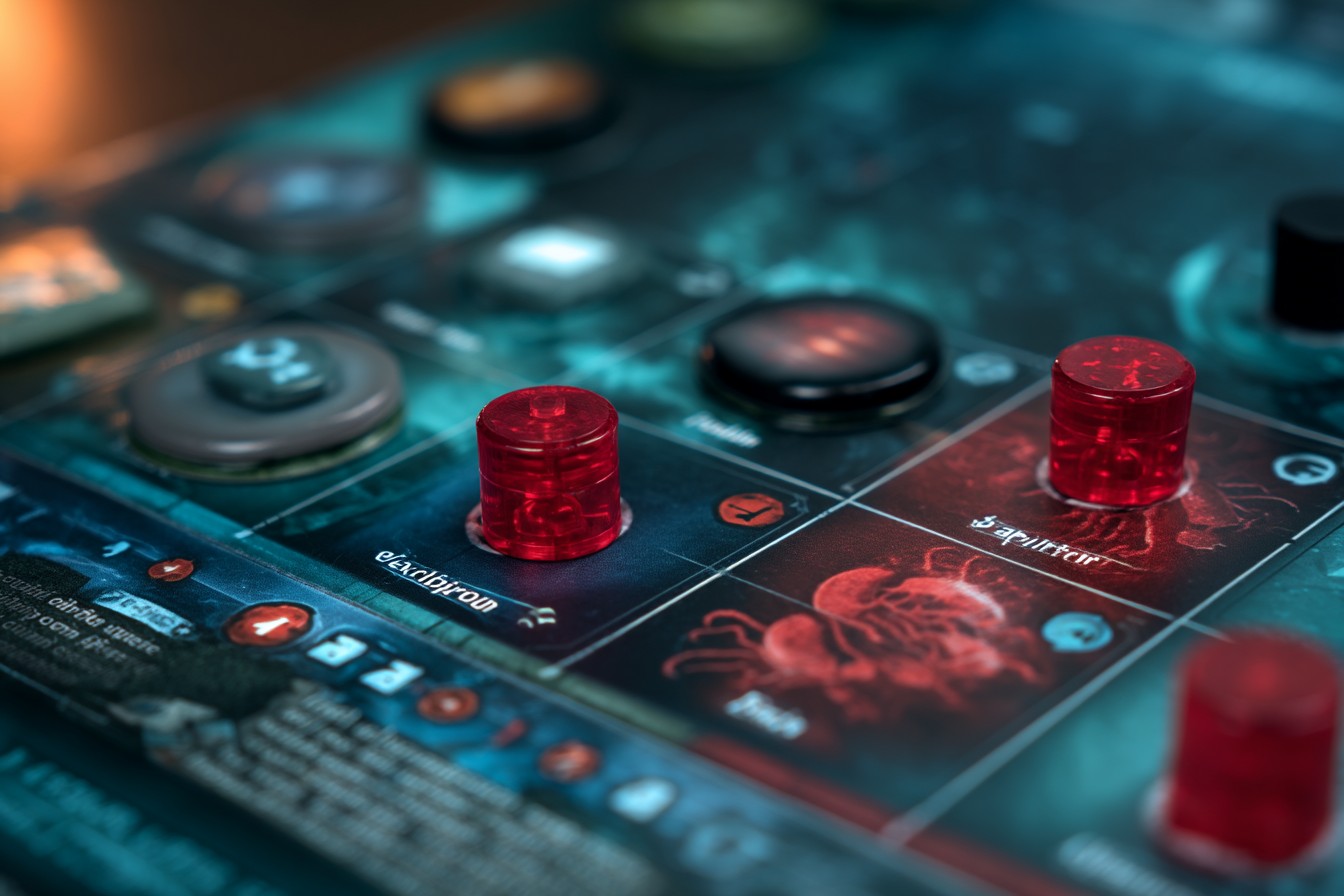
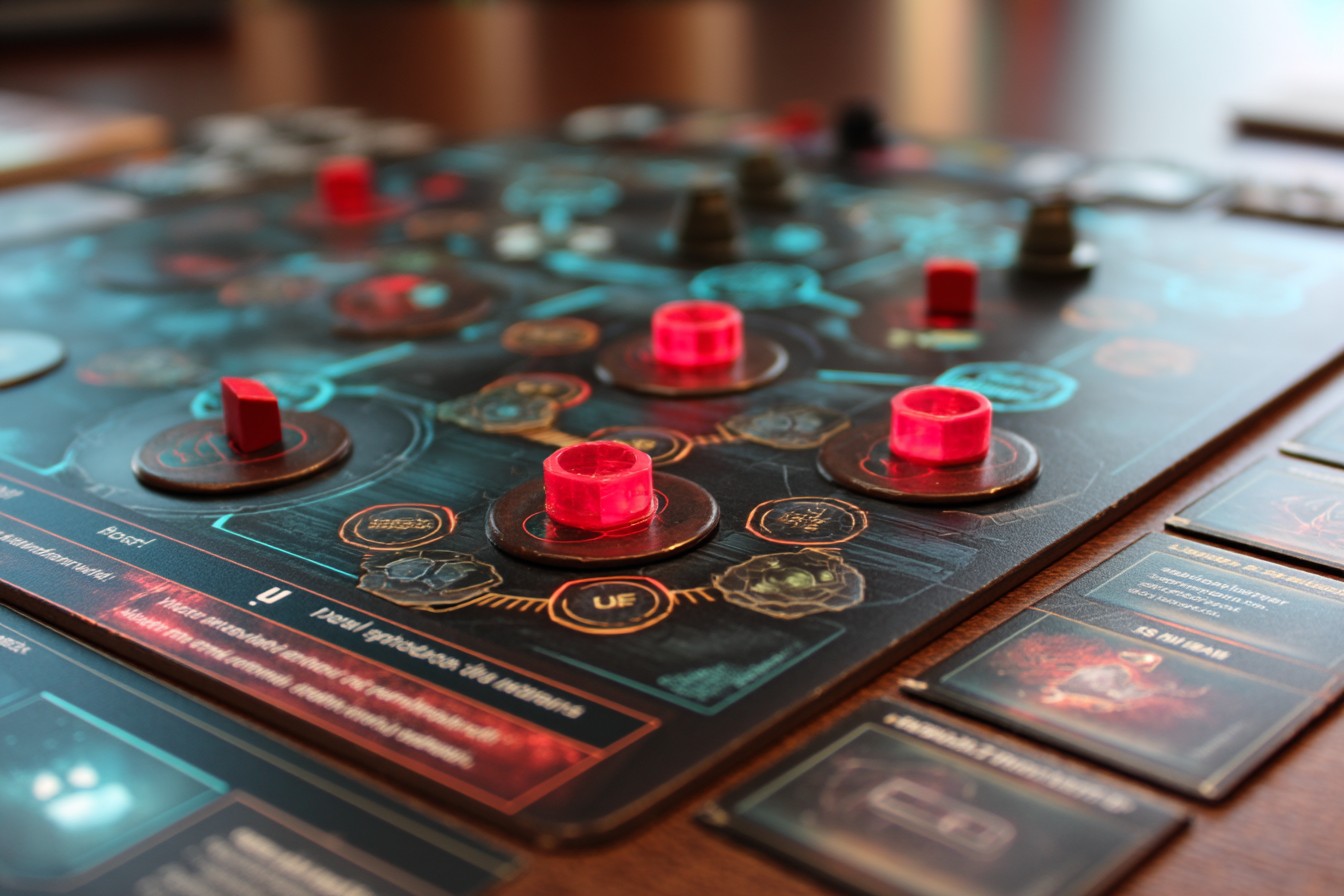


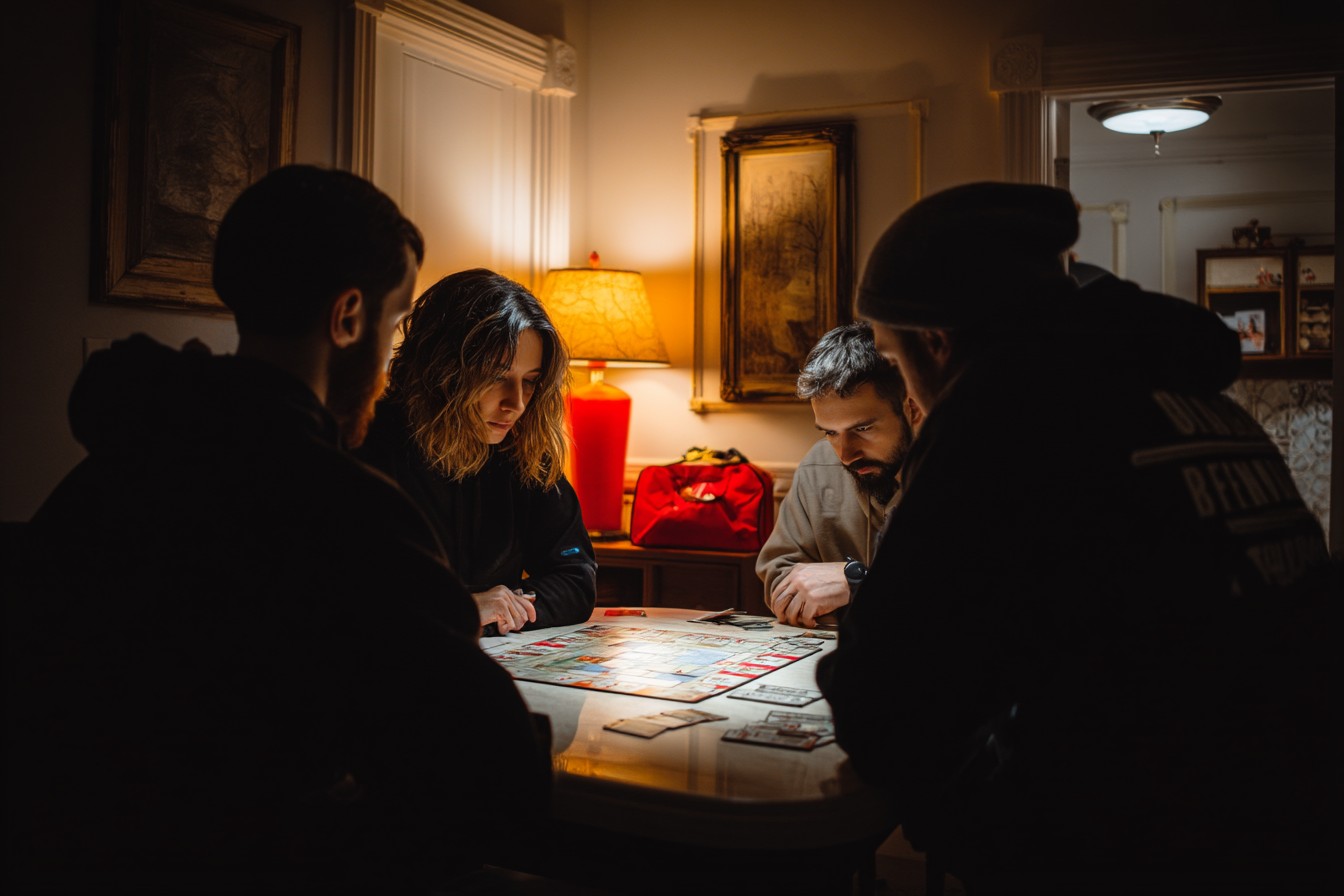
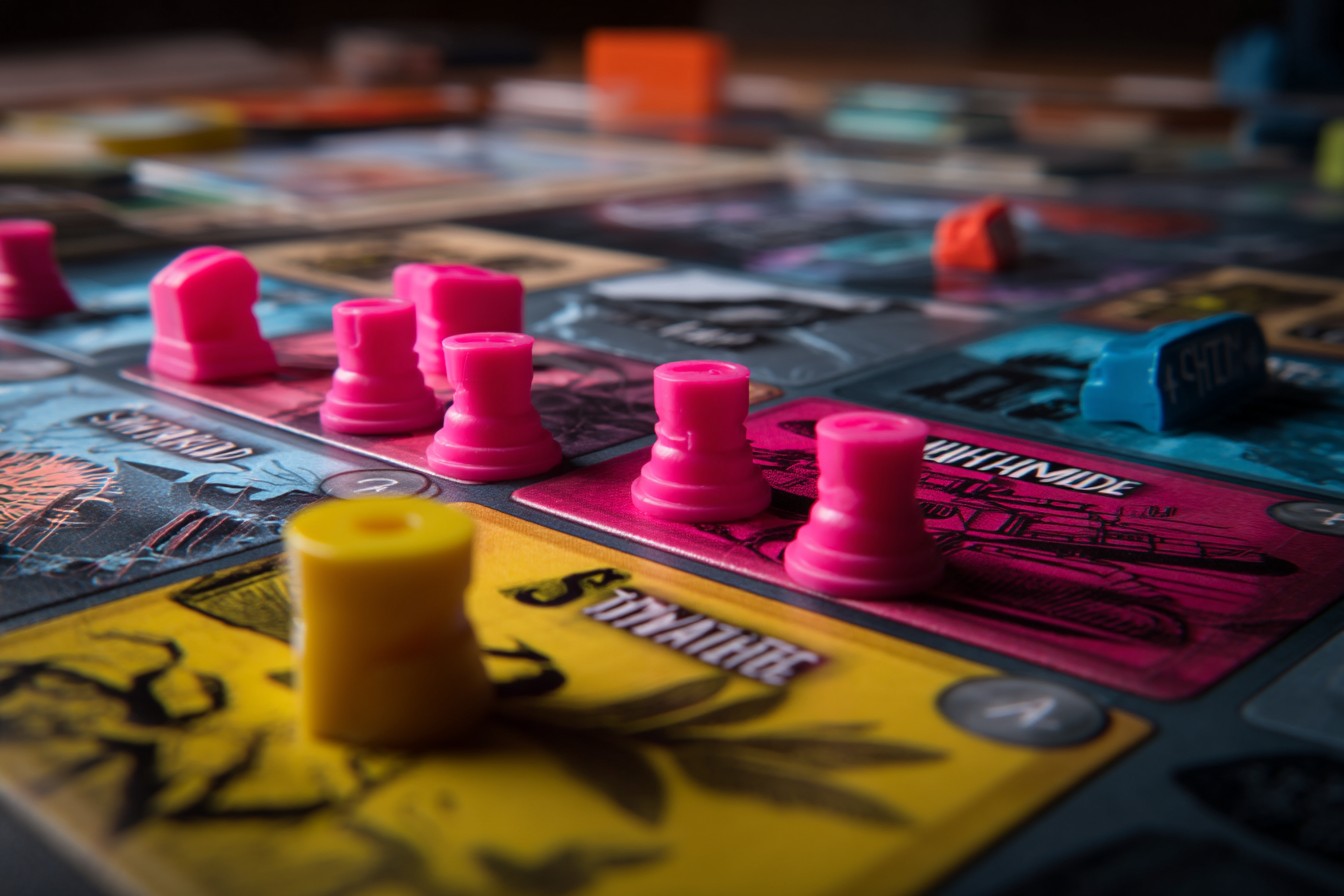
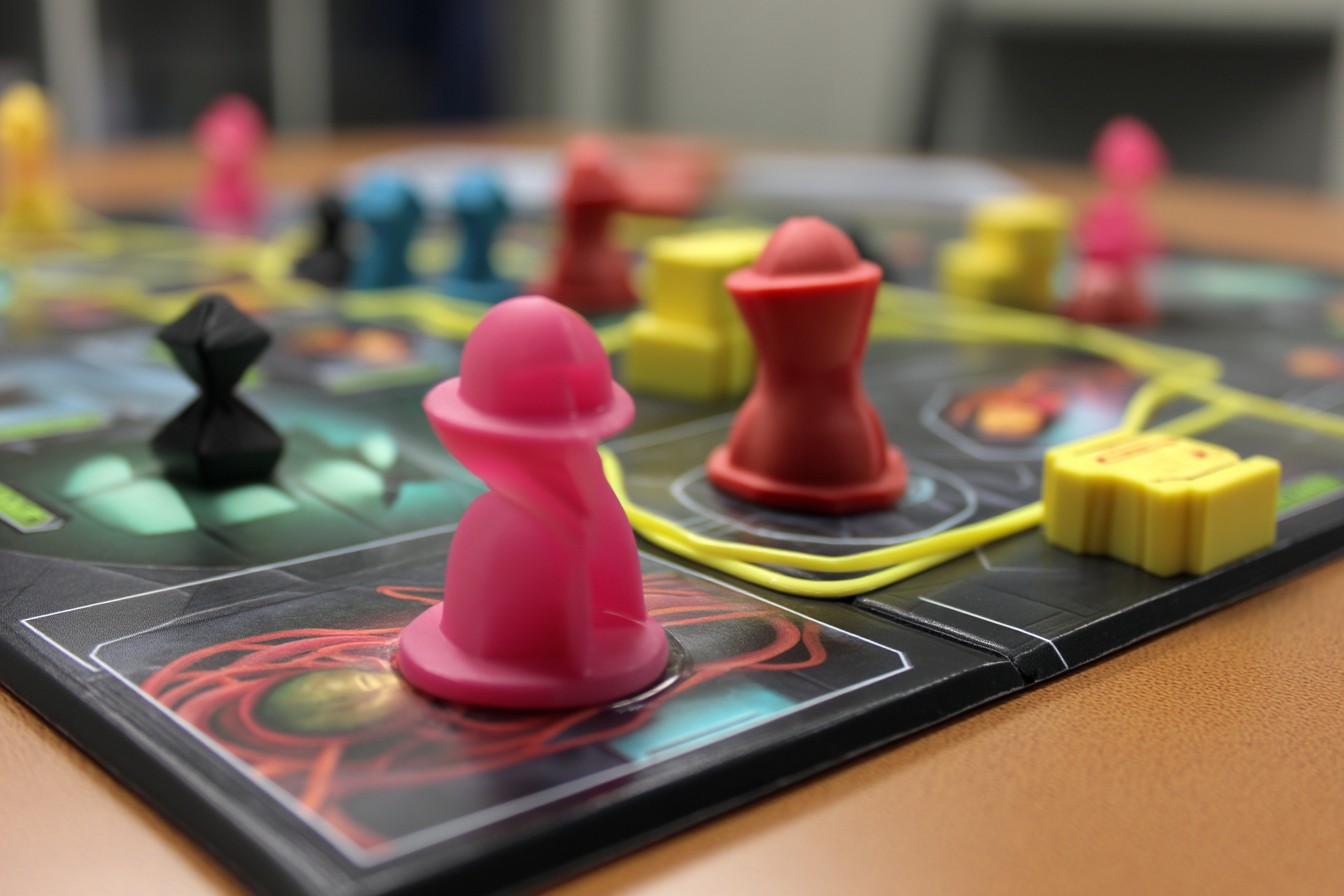
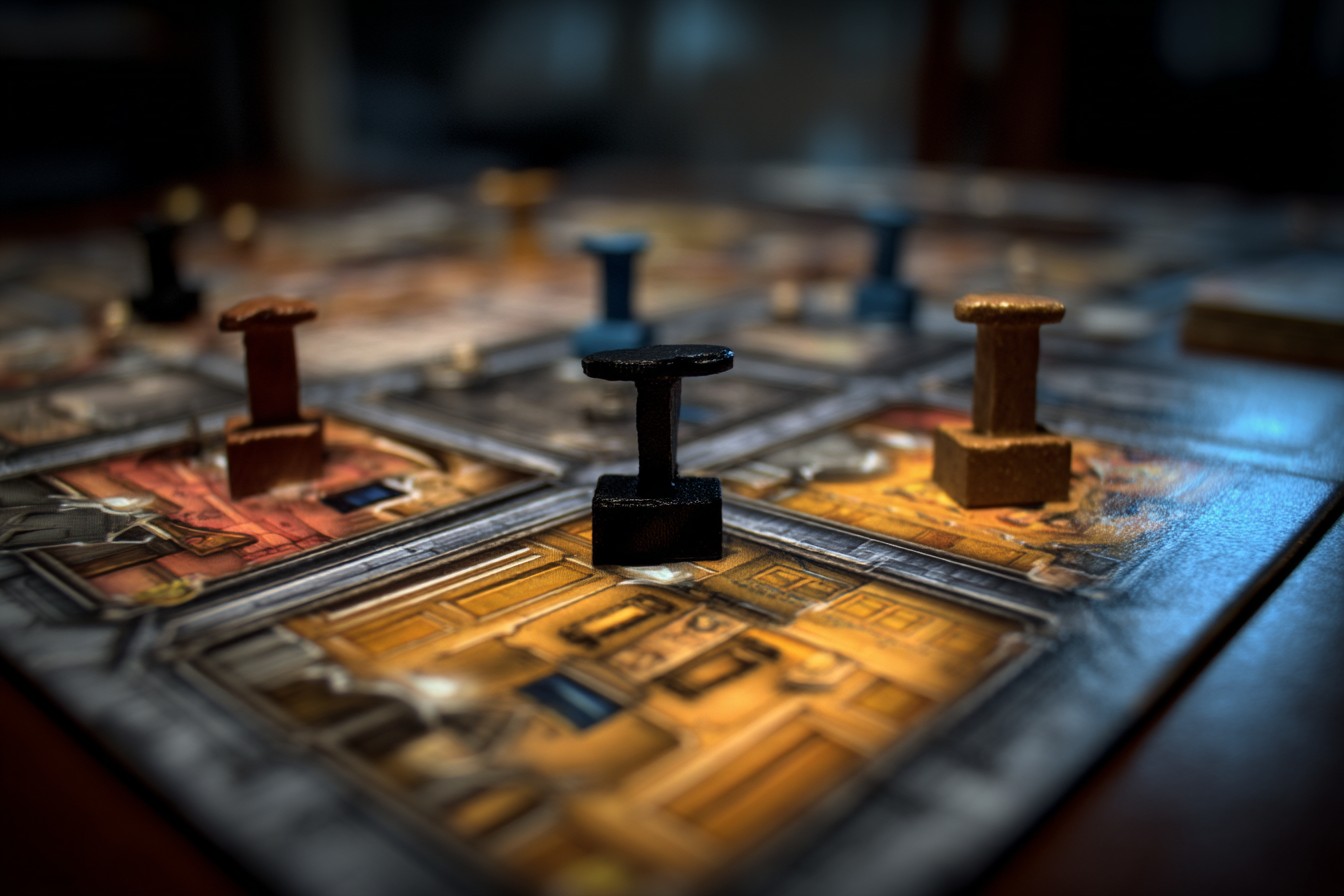
Leave a Reply